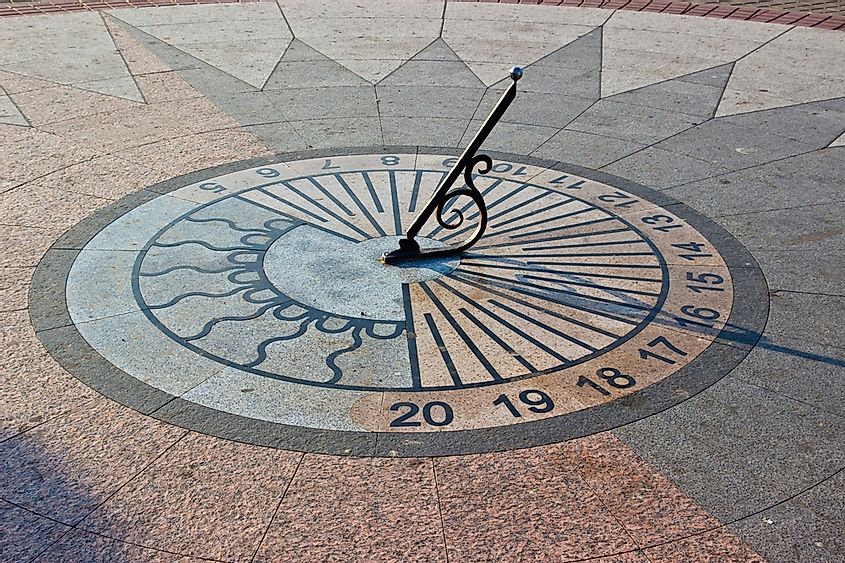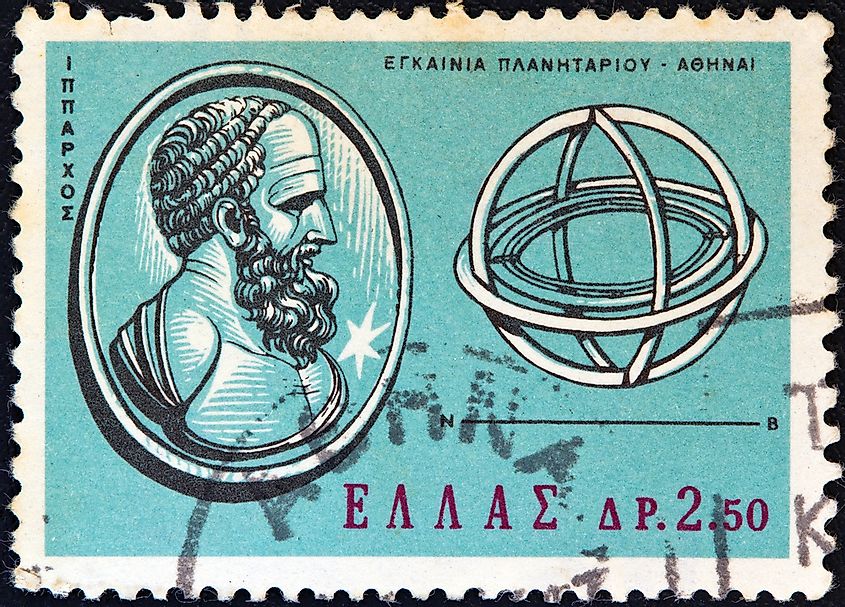Why Is A Day 24 Hours Long?

- The first people that started dividing days into 24 parts were the ancient Egyptians.
- The Egyptians mostly used sundials and waterclocks to keep track of time.
- The person that brought order into everything and introduced the 24-hour day as we know it today was Hipparchus, a Greek astronomer. He used equinoxes and measured 12 hours of daylight and 12 hours of nighttime.
Have you ever wished that a day had more than 24 hours? Seriously, sometimes it seems like there just isn’t enough time in a single day to achieve everything we want. At those times, we might curse the person that invented the 24 hour day, but many of us probably don’t even know who that is.
Was it a single person? How did it come to be? The answer has to do with stars. While the number 24 might seem arbitrary, it is not, there is much more meaning hidden behind it, and we will try to explain it in this article.
The Ancient Egyptians Started It All
There is a lot of historical significance behind the number 24. The first people that started dividing days into 24 parts were the ancient Egyptians. They originally divided the day into three large parts. The first part lasted for 10 hours, and it was the daylight part. Then there were 12 hours of nighttime. And finally, there were two hours of twilight, one appeared at the beginning of the day, while the second one happened at the end of each day.

The movement of the stars is what determined that the night cycle would last for 12 hours. These movements are called decans, and there are 36 of them in total. Each decan represented a specific week because the Egyptians had 360 weeks in their yearly calendars. Every night during the summertime, 12 decans would pass through the sky. This happened at regular intervals, which were completely the same, and each time a new decan appeared was considered a new hour. The Egyptians mostly used sundials and waterclocks to keep track of time.
The Equinoxes And Hipparchus
We are all aware that the days are longer during the summer, and it means nothing to us, but back then, it made measuring time much harder. They would change the length of hours back then, to comply with their time measuring methods. However, by the year 1500 B.C., the Egyptians started to divide the sundials into 12 parts. These parts were representing day and night hours, and a single hour did not change.

The person that brought order into everything and introduced the 24-hour day as we know it today was Hipparchus, a Greek astronomer. He used equinoxes and measured 12 hours of daylight and 12 hours of nighttime. All of these hours were evenly spaced out. This marked the start of the 24-hour day, and it happened in the 2nd century B.C. Hipparchus studied the way the planets rotated constantly, and eventually managed to find the axial precession of the equinoxes.
This precession is the change in direction in the orientation of the rotational axis of a planet or a different astronomical body. The precession of the Earth is called the precession of the equinoxes, and it allowed for a more effective method of measuring an hour.







